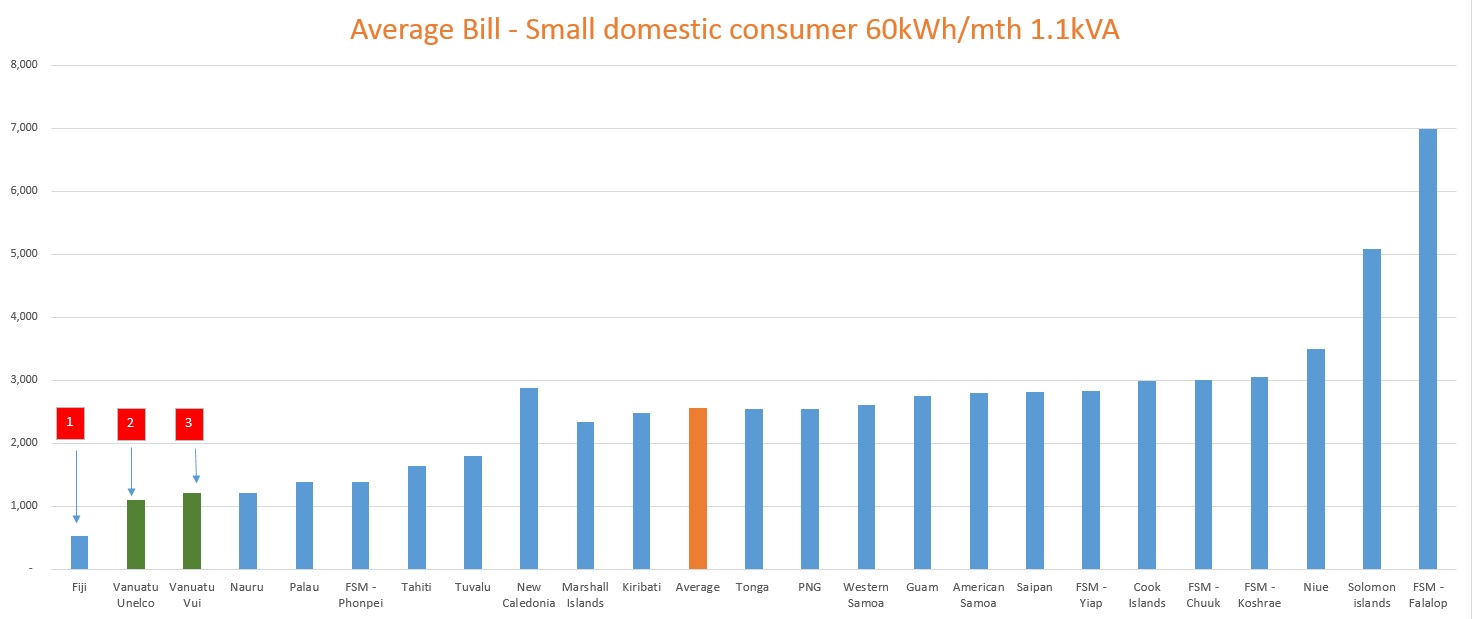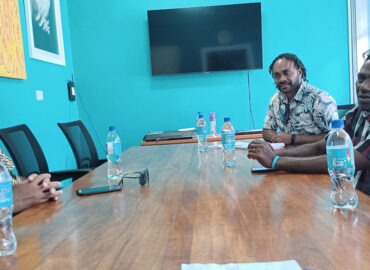Foreign Direct Investment (FDI) to structurally weak, vulnerable and small economies witnessed divergent trends
[spacer height=”20px”]

[spacer height=”20px”]
FDI flows to the least developed countries (LDCs) increased by 4 per cent to $23 billion, mainly due to increases in Ethiopia, Zambia, Myanmar and the Lao People’s Democratic Republic. Announced greenfield investments into the group reached a six-year high, led by a $16 billion oil and gas project in Angola. In contrast, a large reduction of FDI flows took place in Mozambique, and other recipients, including Bangladesh, Cambodia, the Democratic Republic of Congo and the United Republic of Tanzania, also saw weak or negative FDI growth.
FDI flows to the landlocked developing countries (LLDCs) fell by 3 per cent to $29 billion. The Asian countries in the group experienced the largest fall, mainly due to a drop in investment in Mongolia which saw its inflows decline for a third successive year. In Central Asian LLDCs, investors from developing and transition economies are increasingly important in terms of the value of FDI stock, led by China, Russia, Turkey, the United Arab Emirates, the Republic of Korea and the Islamic Republic of Iran. FDI remains the largest source of external finance for LLDCs, having overtaken official development assistance after the global financial crisis.
FDI inflows to small island developing States (SIDS) increased by 22 per cent to $7 billion in 2014, mostly due to a rise in cross-border M&A sales. Trinidad and Tobago, the Bahamas, Jamaica and Mauritius were the largest destinations of FDI flows to SIDS, accounting for more than 72 per cent of the total. Flows to Trinidad and Tobago were lifted by a $1.2 billion acquisition in the petrochemical industry; cross-border acquisitions also drove the increased FDI flows in Mauritius. A number of cross-border megadeals took place in Papua New Guinea’s oil and gas industry. In contrast, flows to Jamaica – the group’s second largest recipient − decreased by 7 per cent to $551 million.
A stock-taking of external finance flows to structurally weak, small and vulnerable economies since the First Conference on Financing for Development in Monterrey in 2002 demonstrates the potential of FDI in pursuit of sustainable development and in the context of the post-2015 development agenda. Because of the size, stability and diverse development impact of FDI compared with other sources of finance, it remains an important component in external development finance. In particular, given its contribution to productive and export capacities, FDI plays a catalytic role for development in these economies, including in partnership with other sources of finance. A holistic approach – encompassing all sources, public and private, domestic and foreign – is essential for mobilizing development finance effectively into all three economic groups; a perspective to be discussed at the Third Financing for Development Conference in Addis Ababa in July 2015, and subsequently.
Over the past decade (2004–2014), FDI stock tripled in LDCs and SIDS, and quadrupled in LLDCs. With a concerted effort by the international investment-development community, it would be possible to have FDI stock in these structurally weak economies quadruple by 2030. More important, further efforts are needed to harness financing for economic diversification to foster greater resilience and sustainability in these countries.





